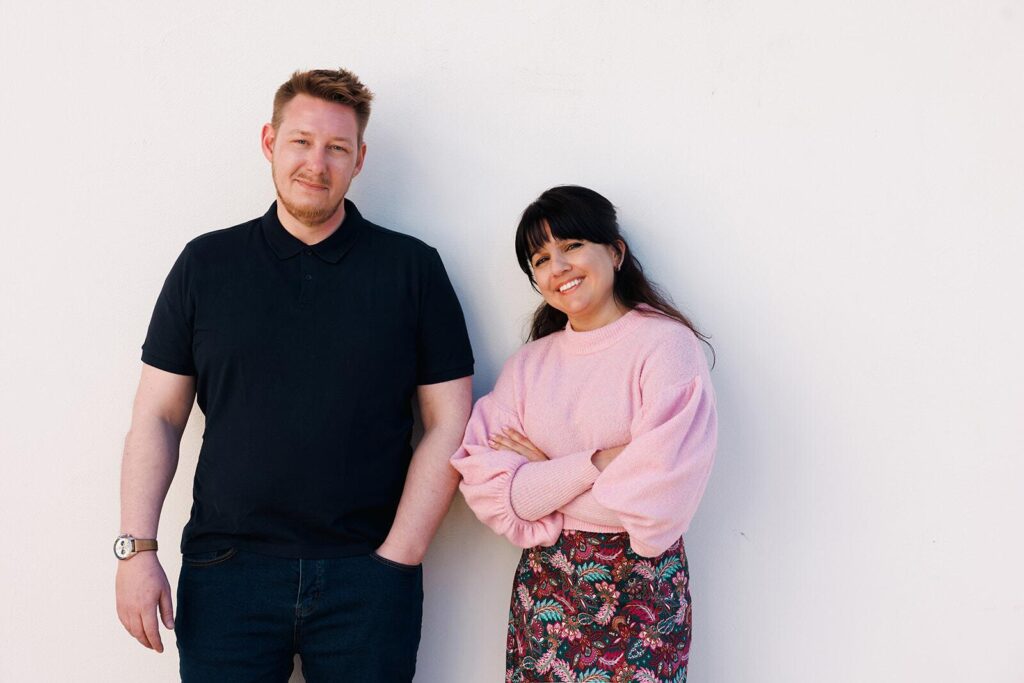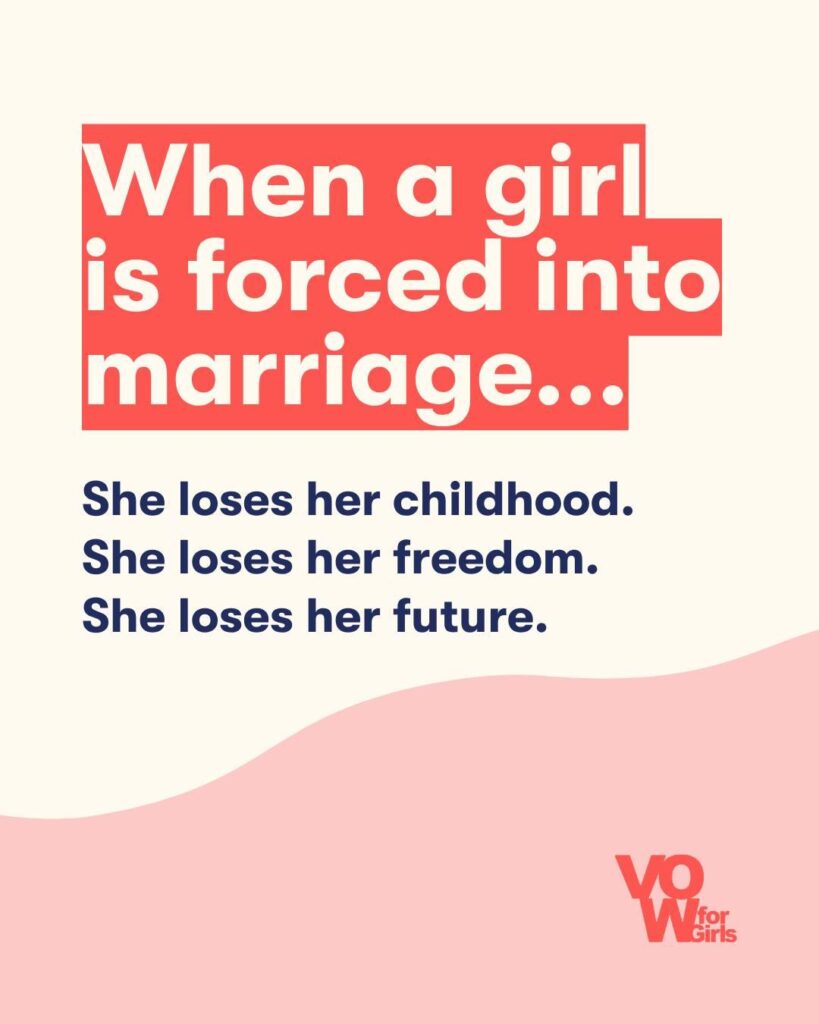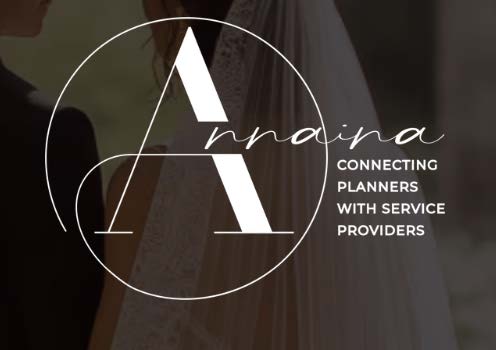
Maya Jain is not only a master strategic communicator with a passion for executing luxury events — she is also a very dear friend of mine. So, when the opportunity arose to interview Maya about her latest venture in the world of wedding planning, the Annaina software, I jumped at the chance.
I am consistently awed by Maya’s dedication to innovation without sacrificing creativity or collaboration. She streamlines workflows without ever losing that authentic, human touch — no easy feat! To learn more about her journey in the industry and the future of Annaina, I sat down with Maya.
You recently launched an app designed to connect U.S.-based event planners with European service providers and vendors, Annaina. I read in a recent LinkedIn post of yours that the app’s name was derived from the names of your grandmother (Anna) and your niece (Naina). How does this beautiful blending of family names reflect the app’s ultimate goals?
Annaina is super personal. It’s a combination of different generations of my family, my grandmother and my niece. One represents legacy and resilience and tradition, and the other represents future and possibility and everything to come. It blends and captures what we’re building on the platform, because the platform basically honors the idea of trust and relationship, which this industry is built on. And the idea was to create something — in a very traditional industry that has existed forever — new for the next generation of planners. And there’s also this layer of the fact that we’re taking a very traditional industry and factoring technology into it. So, that’s why the name made sense for me, both on a personal level and also for how the platform functions. It was very important to me to have a name that [spoke to] how I feel about the platform and to how we would ideally like the platform to feel for its users.
How would you describe the time you’ve spent collaborating with your co-founder, tech strategist Florian Forster? What do you each bring to the partnership?
Well, Florian and I are very different. Florian has a background in tech and finance and all things organized. I come from the world of luxury events and strategy and, you know, creative problem solving. He’s tech, systems, architecture; it’s all about straight lines and connecting the dots for him. I speak in metaphors and he literally speaks in flowcharts. So we’re two very different people, but we do believe that great tech will solve problems. That’s the one thing that brings us together. But the tech has to be built the right way, so that it’s human-focused rather than problem-focused. Working with him… it has made me a better operator, for sure. It’s helped me change how I think about things and it’s definitely sort of sharpened the product, right? We both come from different points of view, but the question at the heart of our conversations always remains the same — how can this be simpler, smarter, and better for the user? It’s not always friction-free. Because, you know, I approach it in a very creative, sort of non-linear way. He approaches it in a very organized and linear way. But we both strengthen each other’s points of view and… we always end up with a very clear answer. And I think [this kind of collaboration] is needed for the platform. Because if you look at our user group, it’s a very distinct group of people — everything that they do is based in creativity. Their job is to be creative. Yet a huge part of the job is also logistics. So it is that marriage (no pun intended!) of creativity and logistics. And so, [for Florian and I], it’s sort of like one brain, just two different parts.

Before launching the Annaina app, you spent nearly 20 years as a business strategist and consultant in the luxury event space. During that time, you founded Tyrian Purple and Transform Your Planning, the latter of which is Annaina’s parent company. How have your experiences with these ventures set you up for success moving forward?
The time I spent doing [consulting] before we built the platform taught me everything I know about what doesn’t work. So, having spent years watching planners chasing vendors, watching vendors miss out on opportunities because they weren’t visible in the right circle… I’ve actually seen that. Originally, when it started, the mission for Tyrian Purple was to help vendors in the wedding and event industry build stronger businesses. It was about, how can they have more visibility and how do they connect with the right people? And so Transform Your Planning, and by extension Annaina, is sort of an evolution of that idea, [achieved] by creating clarity and systems. Annaina brings all of these ideas together; [it’s still about] this idea of connection and being in the right circles and having solid business systems, but [presented] in a more scalable and tech-forward way.

How do you “vet” your network of service providers to ensure you are matching planners with vendors who are both reliable and suitably skilled?
So, every vendor goes through a multi-step vetting process. In their onboarding, they are required to not just give us their business details, and, you know, their Instagram and their website and pretty pictures; we also ask them to provide references [and] verified work. And then, once we get those references, we do a manual review. And the references are requested from industry peers. So, not end clients, but people who are in the industry too. And then the people who are being listed as references get an email with a questionnaire. It’s not just [questions like], “Have you worked with this person before?” But also, “What was your experience working with them?”, “How did you feel working with them?”, “Would you recommend them again?”. It’s not just objective questions, it’s also somewhat subjective questions. And then we review those things and those references actually directly impact the reliability score of the vendor. And obviously, as vendors start booking projects on the platform, the planners provide reviews for the vendors, and that then also will get added into their reliability score. But it’s not just about execution, right? It’s not just about skill. It’s also about their communication style, how well they collaborate under pressure… And so we make sure that we’re not just recommending talented vendors, but we’re also recommending great partners. It’s also being a great collaborator, and that comes through your ability to communicate, your ability to be willing to roll up your sleeves and do what is necessary. And I think that’s what makes us sort of different, and why we are comfortable using the word reliable. And [another] thing is, we’re not just throwing together a vendor list at planners and saying, “Oh, well, good luck!” We’re actually surfacing options that are based on the [specific] needs of the planner. Their style, their budget range, the actual destination, the type of collaboration they’re looking for…. And we are aware that this [platform] might not be for everybody. We’re curating, we’re not trying to crowd it. It’s built on fit, not just the availability of someone. And what that means for the planners is that they get better matches. And for the vendors, it means that they’re not wasting time on leads that would never write [references] for them, right? So it respects everybody’s time and it makes the process much more seamless for everybody involved.

Much of the work you do involves problem-solving in high-stakes, high-value contexts. How do you navigate the stress you are inevitably faced with in these situations?
I think, and this is going to sound terribly trite, but I think it’s about staying grounded, especially when the stakes are very high. Clarity becomes your best friend. It’s about asking the right questions, being present in that moment, and also understanding that on the other side of the conversation during that stressful moment is a person. They’re going through their own thing. Nobody’s doing this to anybody on purpose. And that’s also one of the reasons why I built Annaina. Because what we do is so stressful, and [it matters to have] a platform that makes part of it seamless and easier and gives people back more time and control of their time. It makes less stress for the industry in general.
On Annaina’s website, the app is described as a tool for “reimagin[ing] how our industry collaborates across borders.” This idea really resonated with me, and I wondered how your Indian-German heritage and trilingualism have served you as you work “across” geographical and cultural borders.
So, as you pointed out, my heritage is half-German, half-Indian, and I grew up speaking three languages. So, I’ve actually basically spent my whole life translating. I was translating for my mom. I was translating for my grandparents to my dad, for my dad to my grandparents… I spend my life translating, but not just languages. Also expectations and behaviors, right? Because culturally, India and Germany are very different. And then, of course, if you layer in the fact that I moved to the U.S. in my mid-20s, [there is] that added layer of culture. So, it’s a translation of expectations, behaviors, and etiquette, because all three places are very different. And I know how it feels to sit between worlds, right? [I have] empathy for both sides. I understand a planner, a U.S. planner, who’s trying to find the right type of vendor in Spain. And then similarly, [I understand] a Spanish caterer who doesn’t know how to present themselves to an American client. So, having done that my entire life, both personally and then eventually professionally, helped shape my own perspective, [a perspective that has been] embedded into the workflow and features we’ve built for Annaina.
You are based out of both New York City and Munich, Germany; how do you typically divide your time? What are some of your favorite parts of living and working in New York City? What are some of your favorite parts of living and working in Munich?
On a day-to-day basis, it means that I have some very long days, because I work in both time zones. Also, our team for Annaina is remote, and it basically spans from the West Coast of the U.S. all the way to the Philippines. I probably spend about 40% of my time in New York. I love the energy… nothing beats New York City, that vibe and that buzz. It keeps you on your toes! Munich is sort of where I slow down, [where] I reconnect. They’re both home. They’re both home in very different ways. And also, being in both places actually allows me to sort of see both sides for both user groups, right? It means I’m always sort of in tune with the needs for both sides of the platform. My weekly team call is a spectacle in time zone management; there are nine of us all across [the world]. And on that call, we actually don’t do operational stuff. We do sort of more cross-collaborative things. We talk about wins, we do shout-outs… we ask, What am I working on today? What are the priorities for the week? How can I help? And to me, it is extremely important that we reflect that collaboration internally, just like we do on the platform. Because if the team couldn’t figure out how to collaborate, then to have a platform that talks about collaboration would be sort of moot. So, it’s not just my background, but it’s also the team that we have right now, right? They embody those values of being flexible, communicating well, being present for each other, understanding that, “Hey, you know what? If I’m waking up early because I’m on the West Coast and I’m doing a call at 7am, there is a person in Manila who’s actually staying up well past 9pm or giving up part of their life in order to be on this call.” So, I think it fosters a lot of respect, and it brings the values that we hold internally to the platform and vice versa.
I was thrilled to see that Annaina supports the VOW for Girls initiative, an organization dedicated to ending child marriage and cultivating autonomy in young women worldwide. What does working with VOW for Girls mean to you?
So, I’ve actually worked for VOW for Girls as a consultant [in the past], but I’ve probably been supporting VOW for Girls now for a greater part of five years. And to me, supporting VOW for Girls is a non-negotiable. First, obviously, as a woman growing up in India, I’ve seen firsthand what sort of happens when girls don’t get the choices that they should be getting. It’s very close to home. And then also, the fact of the matter is, we’re in an industry that’s built around joy and choice and love. And so, the fact that VOW for Girls is making sure every girl in the world gets access to those things… Just the fact that they give girls choices is something that I think is very, very important, and I support them wholeheartedly. We obviously use our platform to spotlight their mission, and we fundraise for them. But for me, it’s not just about giving back. It’s about aligning with what matters. And it’s so hard for me to have all these advantages, to have all these privileges, and then know that somewhere there is a girl, a young woman, who wants all the same things that I want, [but cannot have them] just because there’s a lack of funding or a lack of understanding. So, anything and everything for VOW for Girls whenever I can.

What does the future of Annaina look like through your eyes?
Annaina is the beginning of something, of the larger mission for Transform Your Planning. The idea is to help the wedding industry become a more streamlined, more systems-driven industry. Everybody only sees the front, the beauty, and the creative parts of what we do, but it’s so important to be able to have back systems that support that creativity. The stress around doing your business shouldn’t impact your ability to be creative. So, right now, we’re [still] focused on connecting planners and vendors. As we grow, we’re working on a couple of other tools, in addition to Annaina, that will support mental health for the industry, give them access to easy tools around mental health. [We’re also looking to increase] access to purpose-built project management tools to help people streamline, to help them communicate better. I mean, right now there’s lots of project management tools [out there]. There’s Monday and Trello and Asana and… you name it! But these are all built for larger corporations. And hopefully, you as a wedding industry vendor or planner can make it fit for your business. But the idea for us is to create things that are specifically built for the way planners and vendors work. Annaina is meant to make their life easier, not to be just one more thing they have to learn and struggle with.

@thevowwhisperer
Crafting Heartfelt Words Into Unforgettable Memories
Serving in Destinations Around the World
Crafting Heartfelt Words
Into Unforgettable Memories
Serving in Destinations Around the World